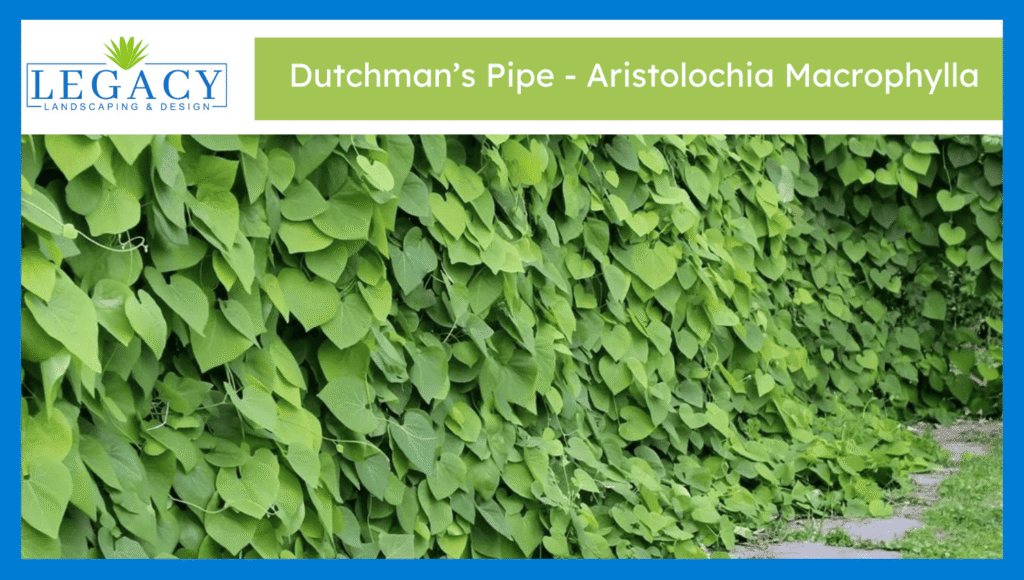Wall Washers: Key Features, Types, and Power Source Options
Wall washers are commonly used to highlight architectural elements and artwork, which adds depth and dimension to a space. These fixtures offer a wide beam angle(100-120 degrees) to spread light over large areas. Wall washers are known for their versatility, which makes them suitable for commercial centers, residential spaces, and outdoor lighting. Color temperature between 2700K to 4000K is important for creating the desired mood and highlighting the specific content. What are the Key Features of Well Washers Feature Description Purpose Used to uplight trees, walls, sculptures, and architectural elements from ground level. Light Placement Installed in-ground, flush with the surface, for a seamless and hidden lighting effect. Light Direction Provides upward illumination with wide or narrow beam angles for targeted lighting. Light Source Uses energy-efficient LEDs for longevity and minimal maintenance. Design Enclosed fixture built to be buried underground with a protective glass or lens cover. Durability Constructed from corrosion-resistant materials like brass, stainless steel, or composite. Waterproof Rating Typically IP67 or higher, suitable for wet locations and ground moisture. Adjustability Some models allow internal aiming adjustments to fine-tune light direction. Installation Requires proper drainage and a PVC or composite well sleeve to protect wiring and housing. Use Cases Perfect for tree uplighting, wall washing, garden accents, and driveway edges. Table of Contents What Materials Are Wall Washers Made Of? Here are the four materials used for wall washers: Aluminum: Aluminium is lightweight and corrosion-resistant, making it good for outdoor area use. The thermal conductivity determines the heat dissipation property. Aluminium’s thermal conductivity is 160-220 W/mK, which means it offers a higher heat dissipation rate. It is frequently used in heat sinks and housing due to this property. It maintains optimal operating temperatures and extends the lifetime of the light source. Stainless Steel: The durability and resistance to harsh weather make it suitable for use in wall washers. Stainless steel AISI 316Ln is recommended due to its high tensile strength and ability to withstand temperatures up to 1200 °C. Tempered Glass Lenses: These lenses shield the LEDs from impact, moisture, and dust, and also maintain high transparency(up to 90%) for maximum light output. Their heat-treated structure makes them 4 to 5 times stronger than regular glass, which ensures durability in both indoor and outdoor environments. Plastic: Polycarbonate offers impact resistance and UV stability, commonly used in budget-friendly or residential step lights. Plastic fixtures are able to withstand temperatures up to 70°C without warping. Though it’s less durable than metal in harsh conditions, it is suitable for indoor use and mild outdoor conditions. What are the Types of Wall Washers Here are seven types of wall washers: Linear LED Wall Washers: These fixtures provide seamless light distribution on facades, hallways, and building exteriors. Linear LED wall washers spread light across a wide area unlike spotlights, which focus only on chosen points. Premium LED wall washers provide illumination along the entire length(up to 4 feet), preventing dark or bright spots. These models also let you adjust the beam angles(e.g., 10°, 30°, 60°), so as to control how wide or narrow the light spreads on the wall or facade. Recessed Wall Washers: Integrated into walls, ceilings, or floors to create a clean, unobtrusive lighting effect. Unlike surface-mounted options, recessed wall washers hide the housing completely, which leaves only the light visible. They are ideal for modern interiors where minimal design is essential, delivering smooth, even illumination without cluttering the space. RGB/RGBW Washers: These wall washers use red, green, blue, and white LEDs to create vibrant color effects and smooth transitions. They are widely used to illuminate design elements, events, and display boards. Advanced models of these washers support DMX(digital multiplex) control, which allows precise color mixing and programmable lighting sequences for dramatic impact. An IP66/IP67 rating is recommended for harsh conditions to safe the lights from dust and water in outdoor areas. Track-Mounted Washers: Fixtures that install on adjustable tracks, allow flexible positioning(tilt and rotation), and easy re-aiming without the need for rewiring. They are ideal for spaces like galleries, showrooms, or retail stores where lighting requirements frequently change. Surface-Mounted Fixtures: These fixtures are easy to install and maintain as they attach directly to the ceiling or wall. Surface-mounted fixtures also come in powder-coated aluminium, which enhances durability and a sleek finish. Their beam angle lies between 30°- 60°, which provides smooth wall coverage without needing a complex setup. Adjustable Wall Washers: Mostly used for highlighting textures, columns, or artwork due to their pivoting head, which allows for directing lights exactly where needed. Adjustable wall washers offer a beam angle between 10° to 45° and rotate up to 180°. The color temperatures range from 3000K to 4000K for accurate light blowout. Mini or Micro Wall Washers: These are compact fixtures designed for smooth lighting in niches, small spaces, or shelves. Despite their small size, they offer 200-500 lumens and a beam angle of 20°-40° for precise lighting. What are the Power Source Options for Wall Washers Here are six power source options for wall washers: Low Voltage (12V/24V): Low-voltage fixtures pair with LED lights for enhanced functionality. The LED lights last for 50,000+ hours and decreases the danger of electrical hazards in moist environments. These systems run on 12V or 24V DC, which makes them highly energy-efficient and safe for outdoor use. Line Voltage (120V–277V): These systems deliver high power without needing a separate transformer, mostly preferred in commercial areas. They are commonly used with high-output LED wall washers for facades or tall structures. They also support dimming controls for precise lighting management. Solar-Powered: These fixtures integrate with solar panels to charge during the day, and they power LEDs at night. These fixtures are ideal for remote or low-traffic outdoor areas. Rechargeable lithium batteries are used in these systems, which last for 6–10 hours on a full charge. But their performance relies on the presence of sunlight. Hardwired Systems: These systems offer a permanent and reliable power source for high-output lighting, as they connect directly to the main electrical wiring. They





